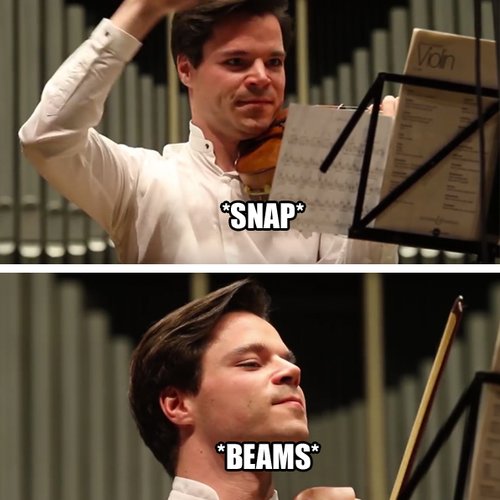Britten: A Ceremony of Carols - Full Works Concert Highlight of the Week
Jane Jones offers another chance to celebrate a special year for Britten and his music.
It’s been a brilliant year of music, performance and memories as part of the nation’s celebrations for the composer Benjamin Britten, marking the centenary of his birth. It’s been interesting to hear some of my colleagues confess that they’ve been challenged by Britten’s music in the past. For them and the composer’s many fans alike, this last 12 months has been a revelation as his compositions have been performed across the country, from schools to concert halls. As Christmas time approaches it’s another chance during this special year to enjoy one of Britten’s most accessible, delightful works ‘A Ceremony of Carols’.
Based on medieval carols, the circumstances surrounding Britten’s composition were difficult, both personally and professionally. The composer had fled to the United States at the outbreak of war in 1939 and during the three years he spent living in Brooklyn he met a cast of America's most influential artists, writers and performers including Aaron Copland and Leonard Bernstein, Edward Hopper and Salvador Dali, W.H. Auden and even the stripper, Gyspy Rose Lee! Despite the stinging criticism from this side of the Atlantic which followed his departure on the eve of war, there’s no doubt that New York for the young composer was a thrilling experience.
But by 1942, the mood in New York had changed and a homesick Britten felt the time was right to return home and he undertook the perilous journey across an Atlantic ocean infested with U-boats. Despite the obvious dangers, Britten was able to spend the journey composing. He completed his Hymn to Saint Cecilia and began to arrange Christmas carols found in a book of poetry he had picked up in Nova Scotia before boarding the Swedish cargo ship, MS Axel Johnson, for the fraught passage home. The result was A Ceremony of Carols, a turning point for Britten, marking a return to his English musical roots and the development of a more populist and obviously melodic style of writing.
Written for harp and treble voices, A Ceremony of Carols begins with an unaccompanied procession, 'Hodie Christus natus est', before the harp joins with the choir for a series of carols telling the traditional story of the birth of Christ. Originally the carols themselves were intended as a series of unrelated songs, but just before the original performance in 1943, Britten added a final carol along with the harp interlude.
The result meant that the carols - still in their original 15th and 16th century language - became a unified work with the harp providing the opening and closing sections. It was first performed by the women of the Fleet Street Choir, but Britten quickly decided that the sound of boy’s treble voices were better at reflecting the child-like innocence he wanted to achieve through his setting. On 4 December 1943, the final version was performed by the Morriston Boy's Choir at Wigmore Hall in London, conducted by Britten himself, and it was this same group which also made the first recording.
On the Full Works Concert you can hear Britten’s A Ceremony of Carols sung by the voices of Classic FM, the Sixteen, conducted by Harry Christophers with the harpist Sioned Williams. Happy Christmas!








